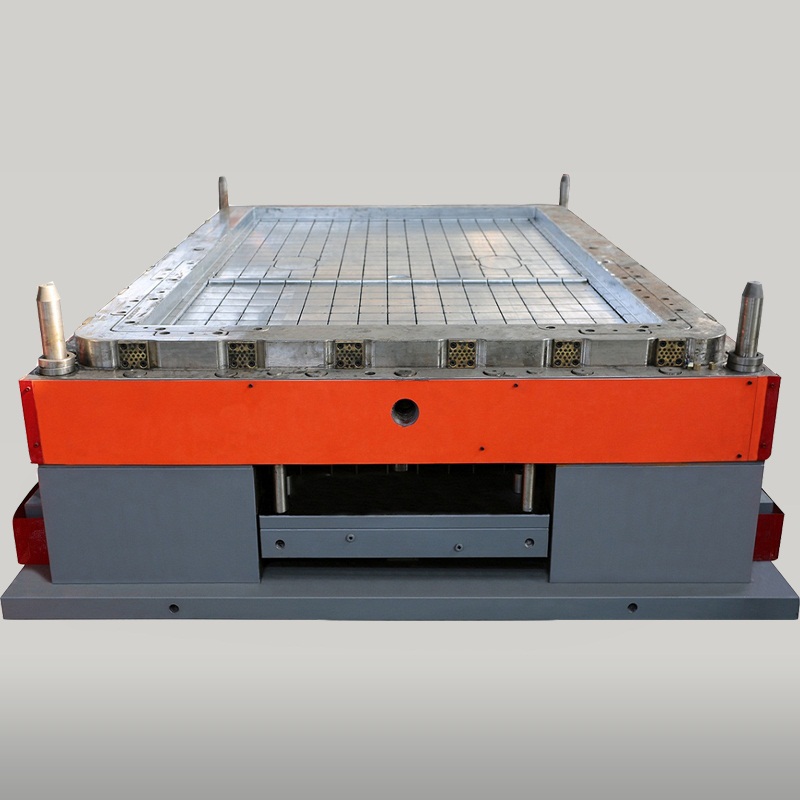Crafting Versatility: Design Considerations for Bathroom Chassis Moulds Catering to Varied Shapes and Sizes
2023-11-13
Introduction:
In the ever-evolving world of bathroom manufacturing, versatility is key. The diverse array of bathroom fixtures and components demands precision and adaptability in the design and manufacturing of chassis moulds. In this blog, we explore the specific design considerations for bathroom chassis moulds, emphasizing the importance of accommodating various shapes and sizes to meet the dynamic needs of the modern bathroom.
1. Modularity in Design:
Bathrooms come in all shapes and sizes, and so should their fixtures. Chassis moulds designed with modularity in mind enable manufacturers to create components that can be easily adapted to different configurations and spatial constraints. This modularity enhances flexibility in bathroom design, allowing for the creation of cohesive spaces regardless of size.
2. Adaptable Configurations:
Bathroom spaces vary not only in size but also in layout. Chassis moulds should consider adaptable configurations that cater to diverse bathroom layouts. Whether it's a compact powder room or a spacious master bathroom, the mould design should allow for variations in component placement and arrangement.
3. Scalability for Different Models:
Bathroom manufacturers often produce a range of models within a product category. Chassis moulds need to be scalable to accommodate various sizes and functionalities while maintaining consistency in design. This scalability ensures that manufacturers can offer a diverse product line without sacrificing efficiency or quality.
4. Integration of Advanced Features:
Modern bathroom fixtures often come equipped with advanced features. Chassis moulds must be designed to seamlessly integrate these features, whether it's a touchless faucet, a smart toilet seat, or an innovative shower system. Consideration for additional features ensures that the mould can adapt to evolving consumer preferences.
5. Ergonomic Considerations:
The design of bathroom fixtures involves more than just aesthetics. Ergonomics play a crucial role in ensuring user comfort and functionality. Chassis moulds should account for ergonomic considerations, such as the height and shape of sinks, the contour of toilet seats, and the accessibility of features for users of all ages and abilities.
6. Space-Efficient Designs:
For smaller bathrooms or compact spaces, space-efficient designs are essential. Chassis moulds should be crafted to produce components that optimize space without compromising functionality or aesthetics. This is particularly crucial for items like corner sinks, compact toilets, and narrow storage solutions.
7. Consistency in Aesthetic Appeal:
While accommodating various shapes and sizes, it's equally important to maintain consistency in aesthetic appeal. Chassis moulds should be designed to produce components that share a cohesive design language, ensuring that even diverse fixtures contribute to a unified and harmonious bathroom environment.
8. Accessibility Features:
Designing bathroom fixtures with accessibility in mind is increasingly important. Chassis moulds should consider features such as grab bars, ADA-compliant sinks, and accessible shower components to ensure that bathrooms are inclusive and functional for users with varying mobility needs.
9. Material Versatility:
Different bathroom components may require different materials based on their purpose and design. Chassis moulds should be adaptable to a variety of materials, including metals, plastics, and composites, to meet the specific requirements of each product while maintaining structural integrity and durability.
10. Sustainable Design Practices:
As sustainability becomes a focal point in design considerations, chassis moulds should be crafted with eco-friendly practices in mind. This includes using recyclable materials, minimizing waste during production, and creating components that support water and energy efficiency in the finished products.
Conclusion:
The design considerations for bathroom chassis moulds are multifaceted, reflecting the diverse needs of modern consumers. From scalability and modularity to accessibility and sustainability, the versatility of these moulds shapes the evolving landscape of bathroom design. As manufacturers embrace these considerations, bathrooms continue to transform into personalized sanctuaries that seamlessly blend functionality, aesthetics, and adaptability.



